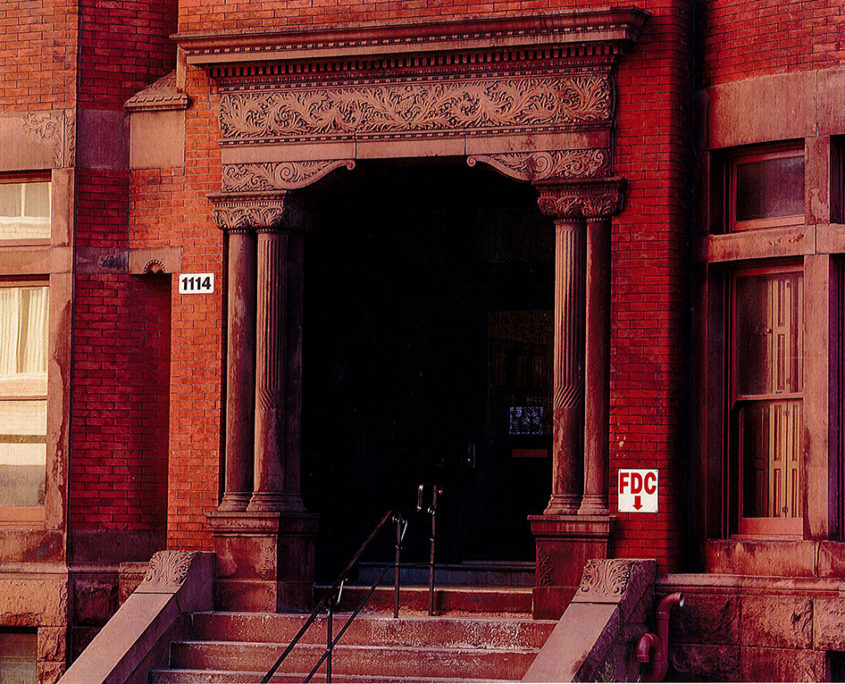
For 80 years, there was a building with 57 beds, open 24 hours a day, on the 1100 block of North Calvert Street. But the Booth House Emergency Shelter by The Salvation Army will finally close its doors on July 2.
Roughly 15 families housed at the shelter have been relocated in shelters and low-income housing throughout the area, according to Maj. Gene Hogg, the commander for the Central Maryland division of The Salvation Army. The decision to move away from temporary housing was a few years coming, he said.
It was the result of “a culmination of things,” Hogg said. After losing government funding in 2016 and falling short of the budget, The Salvation Army no longer felt that the Booth House was accomplishing its mission.
“We had been operating on a pretty stagnant budget since then,” Hogg said. “The Salvation Army began to take a look at moving toward more [long-term] programs.”
Originally, The Booth House, like most other Salvation Army housing programs, was designed to help the homeless population help themselves. It provided not only warm beds and three meals a day, but also services like job assistance, financial advice, and classes in parenting and nutrition.
“I think we’ve accomplished a great deal—we changed many lives,” Hogg said. “But when focuses change and funders change we have to be willing to adapt to that as well.”
Adapt they had to, when in 2016 the Department of Housing and Urban Development (HUD) started to direct funds toward permanent housing programs instead. After losing $155,000 of HUD money, the Booth House could no longer mandate their additional services.
“People were opting out of all of those programs,” Hogg said. “We felt like that wasn’t accomplishing our mission. Our mission was to bring people to self-sufficiency, not just to warehouse them.”
The funding diversion also led to an initiative called Pathway of Hope, which places stronger emphasis on taking action to break the root cause of poverty, offering long-term solutions instead of temporary fixes. For the Booth House, it became all the more clear that money dedicated to operating the shelter would be better spent helping families in Baltimore become financially stable for years to come.
“Over the next couple of years we’re going to be working with the city to answer, ‘What’s the next step? How should we do it?’” Hogg said. “Those are questions that are going to take a long time to answer. But eventually we’re going to have a place where people can call home.”